Ginko Trees
Central Park is home to numerous imported (i.e. non-native) ornamental trees. One of the common trees throughout the park is the Ginkgo Biloba or Maidenhair Tree, a "living fossil" with a distinctive fan-shaped leaf whose first relatives appear in the fossil record 270 million years ago. After the Paleocene (around 55 million years ago) they disappeared from the fossil record everywhere except central China. The tree has been widely cultivated across China, Korea and Japan and European explorers to Japan first documented encounters with it in the late 17th century. Perhaps owing to their ability to survive over the milennia, Ginko trees are excellent for urban conditions, rarely having problems with disease or insects.
Aside from their distinctive leaf, female Ginko trees are also notable for their noxious-smelling fruit, which ripens in the fall and falls to the ground, creating a distinctive odor for all who pass and/or are unlucky enough to get some of the fruit flesh stuck in the tread of their shoes. The scent is from butanoic acid, which is the same chemical that gives rancid butter its smell.
However, nestled within the smelly fruit is a brown shell containing a cream-colored seed that is a delicacy used in Chinese cooking. The leaves, pulp and nuts also reputedly have medicinal value as a remedy for coughs and (as has been widely marketed commercially) for reducing age-related memory loss. There is also, supposedly, a limit to the amount of ginko you can consume before it becomes poisonous, so do more investigation before trying ginko at home. Info and recepies HERE.
Accordingly, when the ginko fruit ripens, you will often see Korean and Chinese folks harvesting the fruit from the numerous Ginko trees in Central Park. Exactly what they do with their stinky booty, I don't know...and probably don't want to know.
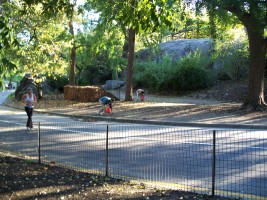
Ginko Trees
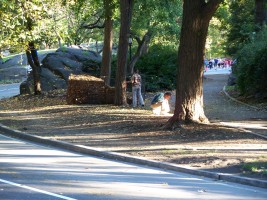
Ginko Trees
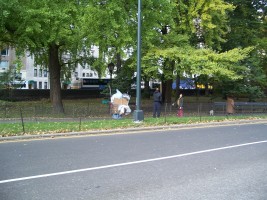
Ginko Trees
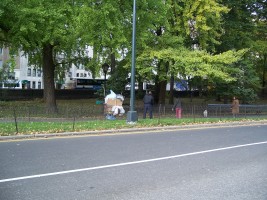
Ginko Trees

Ginko Trees
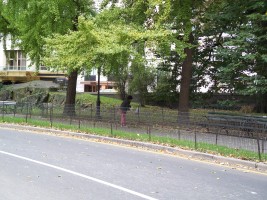
Ginko Trees

Ginko Trees

Ginko Trees
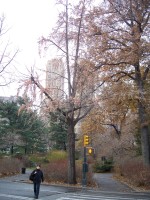
Ginko Trees

Ginko Trees
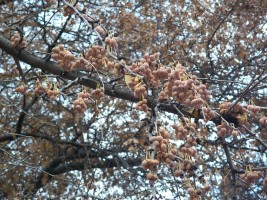
Ginko Trees
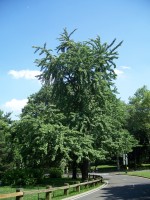
Ginko Trees
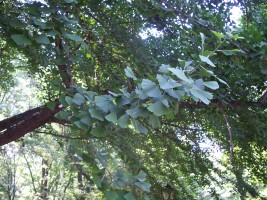
Ginko Trees
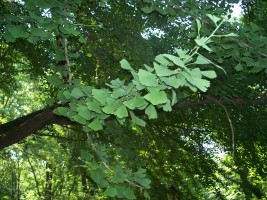
Ginko Trees
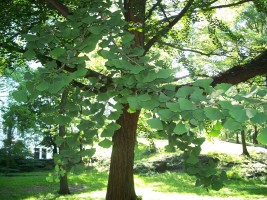
Ginko Trees
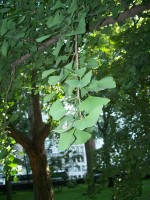
Ginko Trees
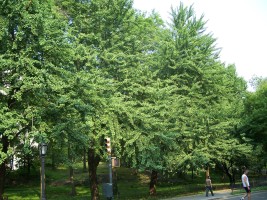
Ginko Trees
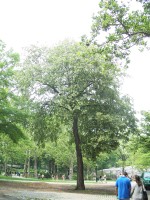
Ginko Trees
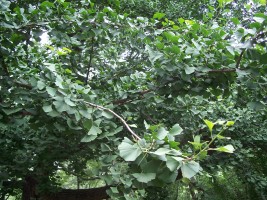
Ginko Trees
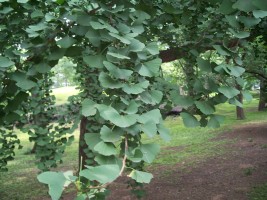
Ginko Trees

Ginko Trees

Ginko Trees